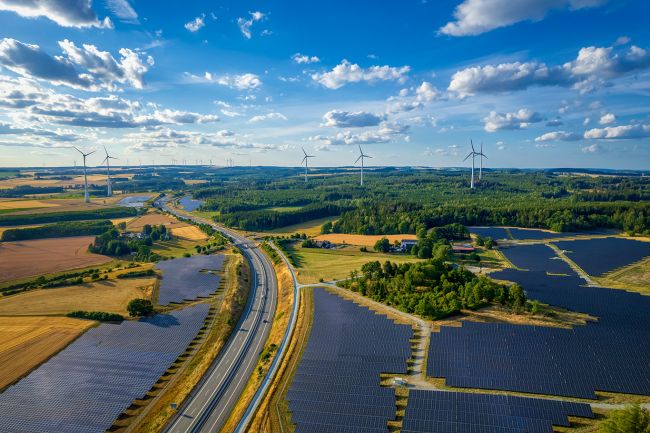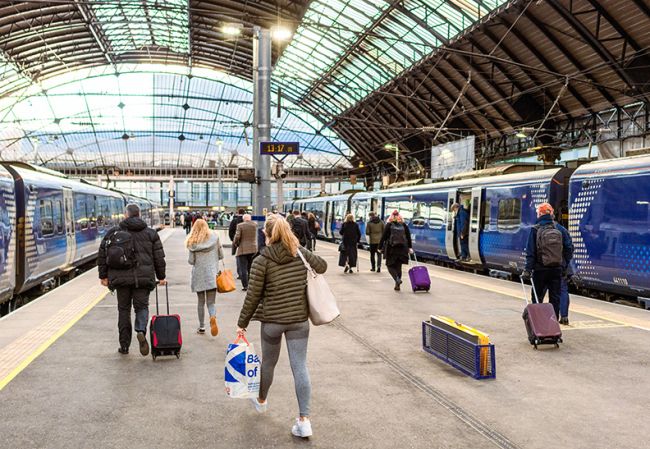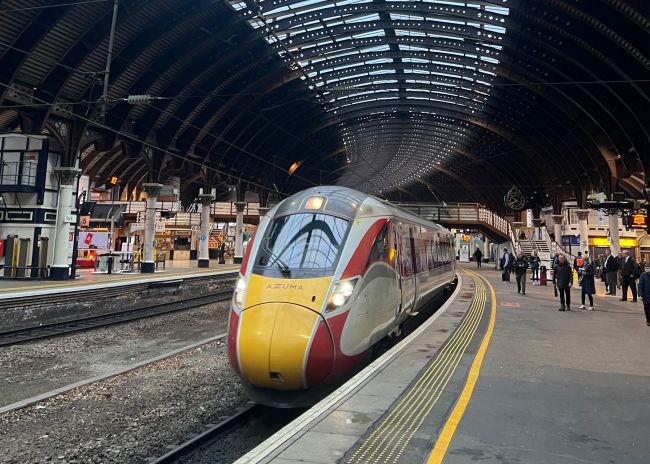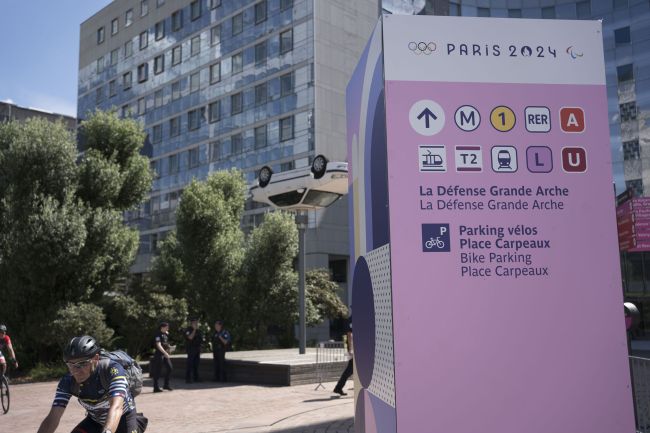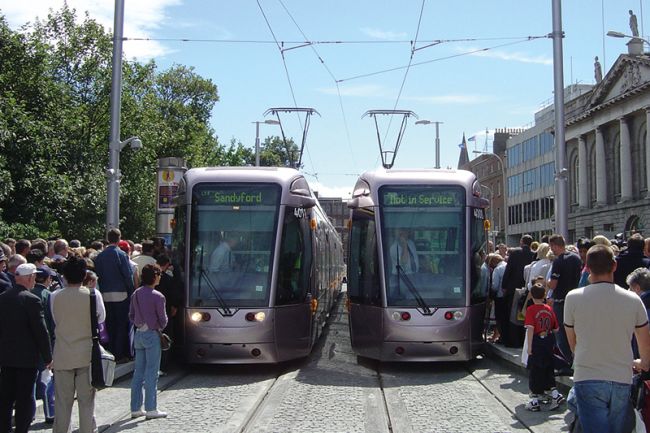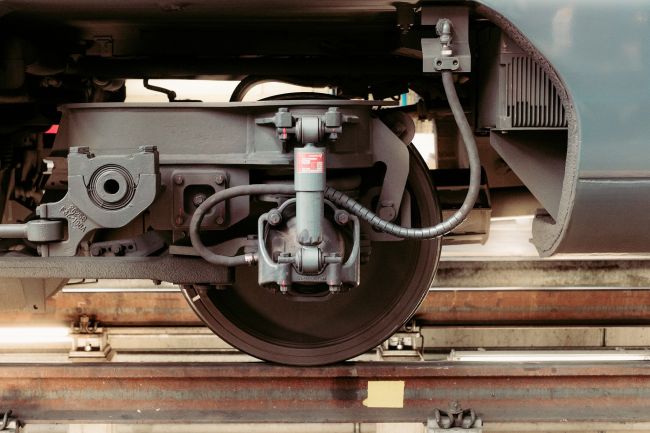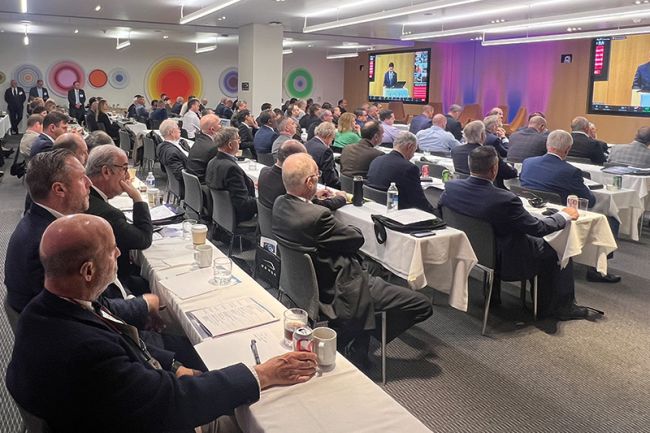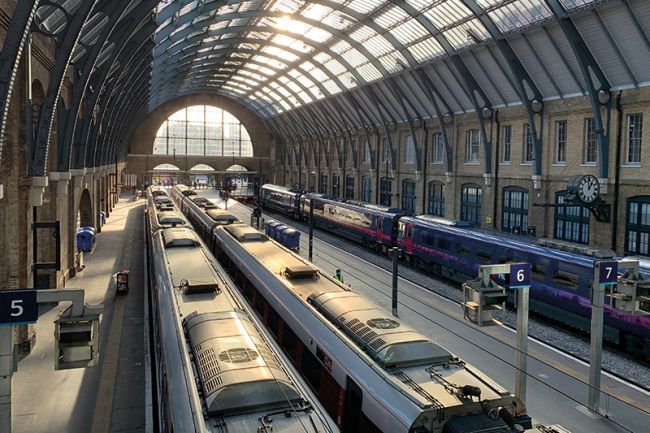Reflecting on UK rail draft regulatory determination 2024-2029 (PR23)
Last week, the Office of Rail and Road published its draft determination.

Last week, the Office of Rail & Road (ORR) published its draft determination as part of the Periodic review process for the next five-year control period. Their determination relates only to Operations, Maintenance, and Renewal activities of Network Rail and not enhancements, whose funding is controlled through Spending Reviews and delivery through other mechanisms.
I have to admit that I haven't been able to absorb all the documents published last week, but diving into different elements did start some personal reflections that I thought I'd share.
What does the draft determination tell us?
First, the tone and content of the draft determination are ones of consensus. While the ORR does propose changes, and I am sure some of these are material at a local or asset level, the overarching impression I felt was that the ORR buys into Network Rail's approach and conclusions. This must be reassuring given the significant effort that the periodic review process implies for people across Network Rail.
Second, the ORR signals the unprecedented context facing the next control period. They acknowledge that planning for 2024–2029 is "being conducted amid a complex and challenging context for the rail industry". The ORR acknowledges the significant changes on the use of the railway, the ambition for decarbonisation and the uncertainty of rail reform.
Third, the reality of climate change is front and centre in both Network Rail's Strategic Business Plan and ORR's consideration. One interpretation of the draft determination is that the ORR maybe thinking that Network Rail may not yet have recognise all the implications.
Fourth, despite the challenging context and the climate change risks and costs, it doesn't feel like a step change in approach. ORR acknowledges Network Rail's "market-led" approach to consideration of renewals, but there is not a ringing endorsement to its approach or a challenge to the methodology and its application only to renewals.
In terms of process, therefore, the draft determination gives the impression that ORR and Network Rail have had constructive engagement and are aligned in many places. I daresay some asset stewards and network operators won't recognise that paraphrase because the implications of some of the conclusions are far from 'comfortable' or 'benign'.
What about the conclusions?
Network Rail set out two scenarios in its Strategic Business Plan based around the amount of risk provision set aside or likely to be required. ORR has clearly indicated that it sees material risk ahead and that Network Rail needs to provide that risk, so it prefers the second of the two scenarios. Those risks include seasonal weather impacts, inflation, and, most notably, risks arising from a reduction in renewals and increased reliance on maintenance and operating mitigation. While the ORR sees risk, it has accepted that the funds available cannot fund a similar risk provision as in this current control period, so the provision is set at £2.0 billion.
For the consumer of rail services, there is a reason to be apprehensive. The Executive Summary acknowledges that the ORR "expect no further deterioration in train performance," which doesn't sound like a brutal challenge to materially alter performance outputs. However, perhaps the ORR's expectation is appropriately set against the risks it identifies. It does believe that Network Rail needs to have agility to respond and improve things, and it proposes to create a modest £40 million Performance & Innovation Fund to enable this. Arguably, £40 million across five years for a large network, complex interfaces, and challenging assets might not buy much, but it's a start and probably what is affordable at this time.
However, for all that I think it is fair to say that there is consensus across the sector currently violently agreeing that performance isn’t good enough right now. One additional interpretation is that the draft determination agrees and could be interpreted as showing ORR doesn’t yet have full faith in Network Rail's bottom-up performance planning capability, while equally Network Rail could be forgiven for having misgivings about the usefulness of top-down goal-seeking
The ORR accepts that fewer asset renewals will be conducted over the next five years. It does not see this giving rise to "undue concerns for asset safety or performance" on the basis that "risks are fully assessed and managed". It then suggests that the Strategic Business Plan has not yet adequately recognised the needs of some key assets, which could imply that capability around risk identification and management might need to change as well as the conclusions reached.
Though the ORR proposes shifting £550 million to core renewals, there will remain an increased burden on maintenance activities and operating protocols to ensure asset condition, mitigate risks, and reduce impacts. The expectation of busier maintenance teams and agile response teams becomes clear. Similarly, there might be an expectation of an increase in the number of speed restrictions, something the industry has long battled to reduce since the days of Hatfield and Gauge Corner Cracking recovery.
In terms of the commercial framework, we see the ORR continuing to endorse freight operators facing access charges that are more reflective of the costs of their use of the network. Open Access Operators appear to be supported through holding the Infrastructure Cost Charge "broadly constant in real terms". The ORR also acknowledges reform and the potential for removal of the merry-go-round of Schedule 8 incentive payments for Train Operators contracted by a future Great British Railways.
So what are the implications of such determination?
Steer colleagues and I shall enjoy devouring the details of the draft determination, but it seems clear to this reader that there will be an increasing urgency for change. The challenges reviewed by the Williams Rail Review remain, and the Strategic Business Plan and this draft determination indicate that there are more challenges, risks, and issues ahead.
In the coming months, Network Rail will need to make decisions about such instrumental things such as the Industry Timetable Technical Strategy (ITTS) and the implementation of the Better Timetables for Passenger and Freight (BTPF).
However, the wider implications through CP7 imply to me:
- increased knowledge and confidence of asset condition and performance under a range of different scenarios
- the willingness to identify and make trade-offs on costs and benefits across assets, geography, and wider railway system
- the evolution of an increasingly agile, skilled and entrepreneurial workforce across the sector to respond to opportunities and manage emerging risks
- effectiveness to drive forward change, project delivery and decision-making to realise benefits sooner and drive out wasted time, effort and energy
- a harder, more agile, and commonly shared focus on taking care of the users of passenger and freight rail services through the 'thick and thin' of what the future holds.
The draft determination and the plan it reviewed set out a challenging forward scenario for the railway over the next five years. Those of us working in the sector will need to change and adapt to deliver it. We cannot fail because it is unlikely that the ask for the next control period will be more benign.






